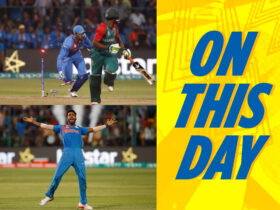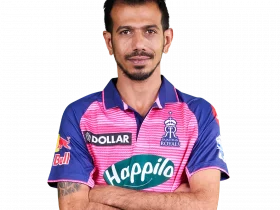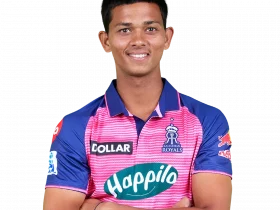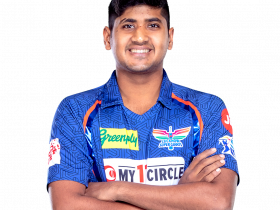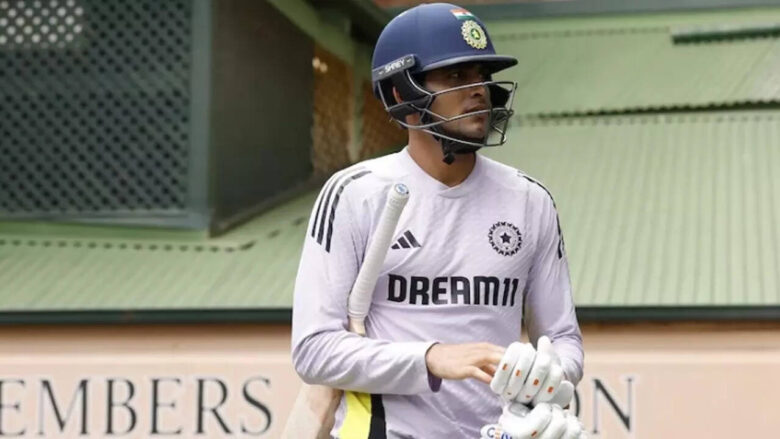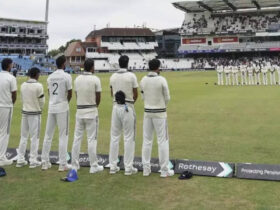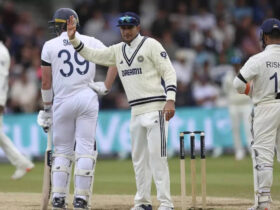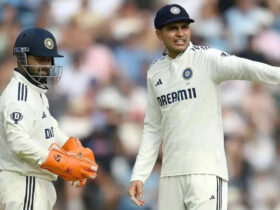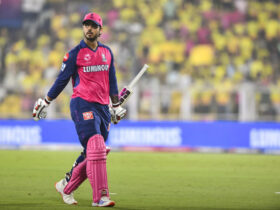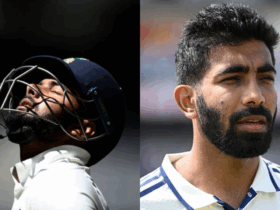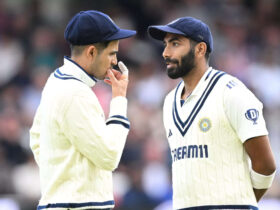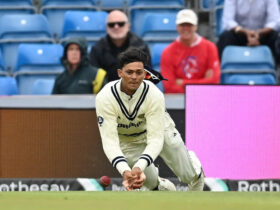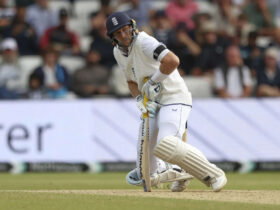In an electrifying turn of events in Indian cricket, Shubman Gill is reportedly set to don the coveted captain’s blazer as India’s next Test captain. With the transition of leadership looming large after the departure of stalwarts like Rohit Sharma and Virat Kohli, the upcoming five-match Test series against England, starting June 20, 2025, at Leeds, could mark Gill’s first stint at the helm. But while the captaincy debate seems nearly settled, a burning question remains: who will be his deputy?
The role of vice-captain in Indian cricket has often been dubbed a ‘curse,’ a symbolic title with little guarantee of ascension to the top job. Over the past decade, illustrious names like Virender Sehwag, Yuvraj Singh, Ajinkya Rahane, and more recently Hardik Pandya, have held the position only to see their leadership aspirations fade. Pandya, once hailed as the heir apparent in T20Is and a game-changer in the T20 World Cup final, now finds himself a mere foot-soldier under Suryakumar Yadav’s command. This recurring trend raises eyebrows about the future of the vice-captaincy role in the Test format.
The selection committee, led by Ajit Agarkar, alongside head coach Gautam Gambhir and the BCCI, is reportedly divided over the choice of Gill’s deputy. Three names have surfaced as frontrunners: Jasprit Bumrah, KL Rahul, and Rishabh Pant. Each brings a unique set of skills and challenges to the table, making this decision a pivotal one for Indian cricket’s red-ball future.
Jasprit Bumrah, widely regarded as one of India’s premier match-winners with 159 Test wickets in just 36 matches (as of early 2025), was once seen as the natural successor to Rohit Sharma. He even led India in Tests during the Australia tour of 2024-25, captaining in Perth and Sydney with commendable composure. However, recurring back injuries and workload management concerns have cast doubts over his long-term availability for leadership roles. Will the selectors risk burdening their ace pacer with additional responsibilities?
Then there’s KL Rahul, a seasoned campaigner who has led India in three Tests with a decent record of two wins and one loss. With 2,866 Test runs at an average of 33.32, Rahul was once tipped to be the cornerstone of India’s Test squad. However, at 33 years old, and with inconsistent form and fitness concerns, his case as a long-term leadership option seems shaky. His recent liberation from captaincy duties at Delhi Capitals in the IPL has allowed him to focus on batting, but does he have the mettle to be Gill’s deputy?
Perhaps the most intriguing contender is Rishabh Pant, a generational talent who has redefined Test wicketkeeping-batsmanship for India. With 2,271 runs in 43 Tests at a strike rate of over 70, including iconic match-winning knocks like the one at The Gabba in 2021, Pant is a proven game-changer. His ability to turn matches in a single session makes him a strong candidate. However, his underwhelming stint as captain of Lucknow Super Giants in the IPL, coupled with recent struggles with form, raises questions about his readiness for leadership in the longest format.
An often-overlooked name in this race is Shreyas Iyer. The 30-year-old, with 14 Tests under his belt and a last appearance against England in February 2024, has shown glimpses of leadership potential. Scoring 811 runs at an average of 36.86, Iyer could fill the leadership void left by veterans, as highlighted by R Ashwin on his YouTube channel ‘Ash Ki Baat.’ Could his premature sidelining from the Test squad be revisited by the selectors?
However, Gill’s potential elevation to captaincy hasn’t been without controversy. Former Indian openers Krishnamachari Srikkanth and Wasim Jaffer have publicly questioned whether Gill, despite his promising 1,492 Test runs at an average of 35.52, is even a certainty in the playing XI. Critics argue that his relatively young Test career lacks the gravitas required for captaincy. Yet, sources close to the selection committee believe the decision is nearly finalized, with Gill expected to lead at Headingley for the series opener against England.
As the debate rages on, the vice-captaincy role remains a perplexing puzzle in Indian cricket—a designation that has often been more decorative than decisive. Will the next deputy break the so-called curse and pave a path to leadership, or will they too fade into the long list of ‘what could have been’? With the eyes of the cricketing world on the BCCI, the announcement of India’s new Test leadership duo is eagerly awaited. One thing is certain: the road to Leeds will be paved with intrigue, anticipation, and the weight of a nation’s expectations.


